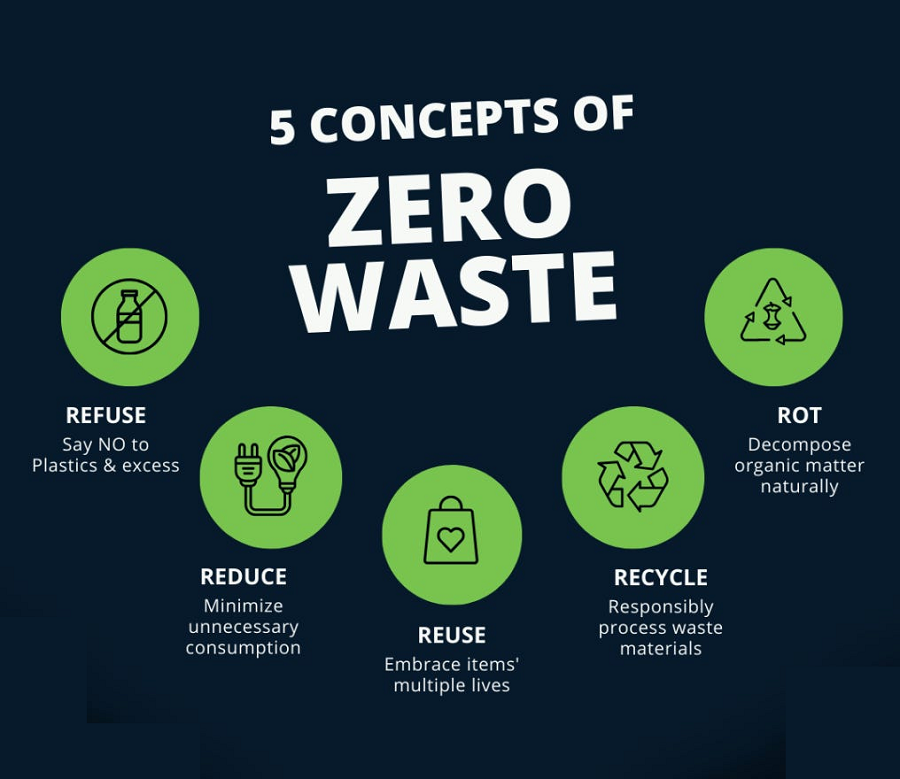Adopting an eco-friendly lifestyle is a powerful way to combat climate change and reduce your carbon footprint—the total greenhouse gas emissions caused by your daily activities. By making small, sustainable choices, you can contribute to a healthier planet. This SEO-optimized article explores practical steps to lower your carbon footprint today, offering actionable tips for an eco-conscious life.
What Is a Carbon Footprint?
Your carbon footprint measures the amount of carbon dioxide (CO2) and other greenhouse gases emitted due to your lifestyle choices, such as transportation, energy use, food consumption, and waste. Reducing it helps mitigate climate change, conserves resources, and promotes sustainability.
Practical Ways to Reduce Your Carbon Footprint
Here are effective strategies to adopt an eco-friendly lifestyle and lower your environmental impact:
1. Embrace Energy Efficiency at Home
- Switch to LED Bulbs: LED lights use up to 80% less energy than traditional bulbs and last longer.
- Unplug Electronics: Devices on standby mode still consume power. Unplug chargers, TVs, and appliances when not in use.
- Use Energy-Efficient Appliances: Look for appliances with high energy ratings, like those labeled Energy Star.
- Insulate Your Home: Proper insulation reduces heating and cooling needs, saving energy and money.
2. Reduce, Reuse, Recycle
- Minimize Waste: Opt for products with minimal packaging and avoid single-use plastics like straws and bottles.
- Reuse Items: Repurpose glass jars, cloth bags, or old clothes to reduce waste.
- Recycle Properly: Learn your local recycling guidelines to ensure materials are processed correctly.
- Compost Organic Waste: Turn food scraps and yard waste into nutrient-rich compost for your garden.
3. Choose Sustainable Transportation
- Walk or Bike: For short trips, walking or cycling reduces emissions and improves health.
- Use Public Transport: Buses and trains emit less CO2 per person than cars.
- Carpool or Rideshare: Share rides to cut down on fuel consumption.
- Consider Electric Vehicles (EVs): If buying a car, opt for an EV or hybrid to lower emissions.
4. Adopt a Plant-Based Diet
- Eat Less Meat: Livestock farming produces significant methane emissions. Try Meatless Mondays or incorporate more plant-based meals.
- Buy Local and Seasonal: Locally sourced produce reduces transportation emissions and supports farmers.
- Reduce Food Waste: Plan meals, store food properly, and use leftovers to minimize waste.
5. Conserve Water
- Fix Leaks: A dripping faucet can waste gallons of water daily. Repair leaks promptly.
- Install Low-Flow Fixtures: Use water-saving showerheads and faucets to reduce consumption.
- Shorten Showers: Cutting shower time by a few minutes saves water and energy used for heating.
- Collect Rainwater: Use rain barrels to water plants, reducing reliance on tap water.
6. Support Renewable Energy
- Switch to Green Energy: Choose utility providers offering renewable energy options like solar or wind power.
- Install Solar Panels: If possible, invest in solar panels for your home to generate clean energy.
- Advocate for Renewables: Support policies and businesses promoting renewable energy development.
7. Shop Sustainably
- Buy Secondhand: Thrift stores and online marketplaces offer quality clothing and goods with a lower environmental impact.
- Choose Eco-Friendly Products: Opt for items made from sustainable materials, like bamboo or recycled plastic.
- Support Ethical Brands: Research companies with transparent, eco-conscious practices.
8. Plant Trees and Grow Your Own Food
- Plant Native Trees: Trees absorb CO2 and provide shade, reducing cooling needs.
- Start a Garden: Growing herbs, vegetables, or fruits at home cuts down on store-bought produce emissions.
- Support Reforestation: Donate to organizations planting trees globally to offset your carbon footprint.
9. Educate and Advocate
- Spread Awareness: Share eco-friendly tips with friends, family, and social media followers.
- Support Climate Policies: Vote for leaders and policies prioritizing sustainability.
- Join Community Initiatives: Participate in local cleanups or environmental groups to amplify impact.
Benefits of Reducing Your Carbon Footprint
- Environmental Impact: Lower emissions help slow climate change and protect ecosystems.
- Health Benefits: Cleaner air, active transport, and plant-based diets improve physical well-being.
- Cost Savings: Energy-efficient appliances, reduced waste, and sustainable choices save money.
- Community Resilience: Collective action fosters sustainable communities prepared for climate challenges.
Challenges and How to Overcome Them
- Convenience: Eco-friendly choices may seem less convenient. Start with small changes, like carrying a reusable water bottle.
- Cost: Some sustainable products have higher upfront costs. Focus on long-term savings, like energy-efficient appliances.
- Lack of Access: Not everyone has access to public transport or green energy. Advocate for better infrastructure and policies.
Conclusion
Reducing your carbon footprint doesn’t require drastic changes—small, consistent actions add up to significant impact. By embracing energy efficiency, sustainable transportation, plant-based eating, and mindful consumption, you can live an eco-friendly lifestyle that benefits both the planet and your well-being. Start today with one or two changes, and inspire others to join the movement for a sustainable future.
Call to Action: Calculate your carbon footprint using online tools like the EPA’s Carbon Footprint Calculator, and commit to one eco-friendly change this week. Share your progress on social media with #EcoFriendlyLiving to inspire others!

